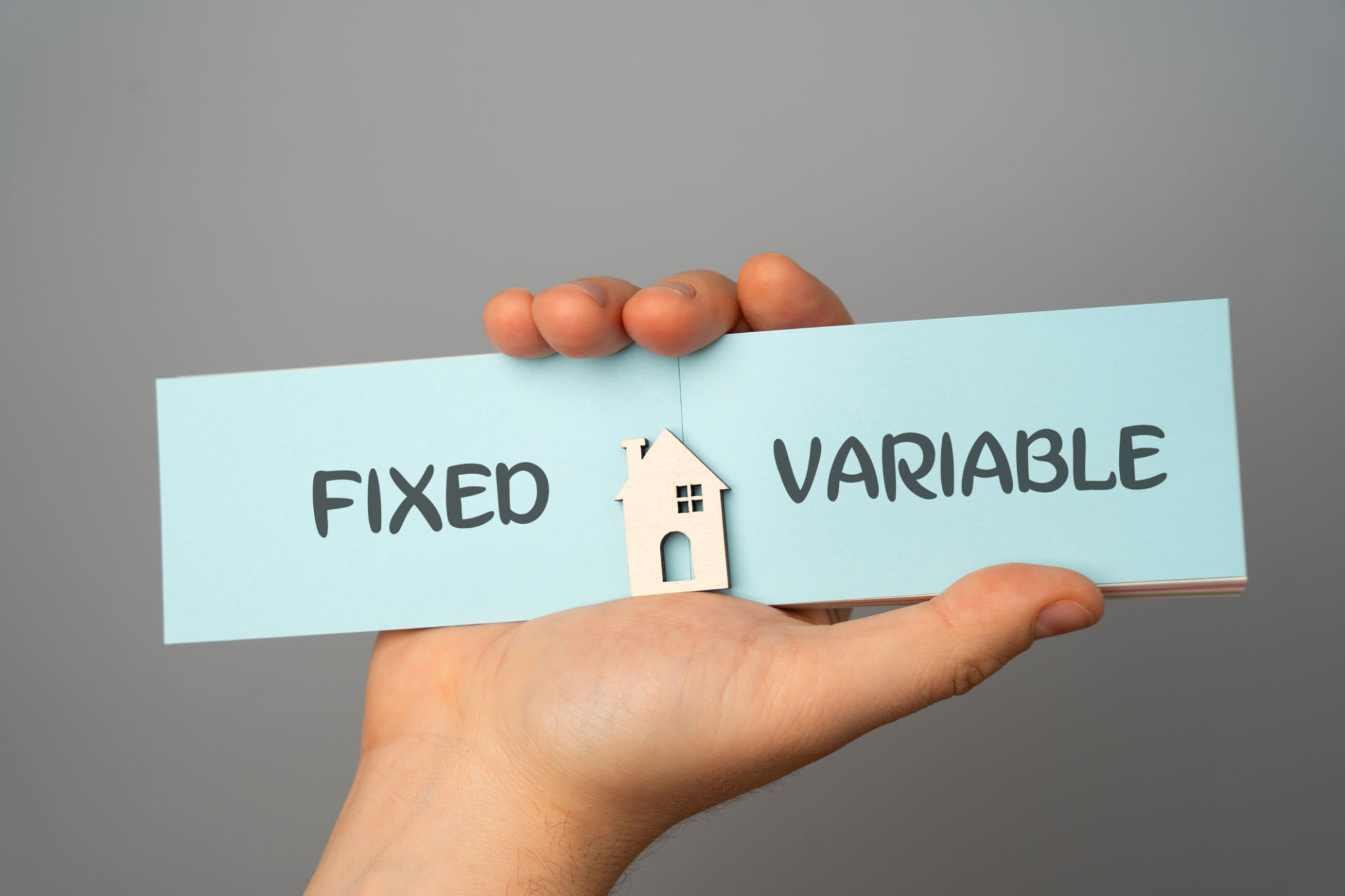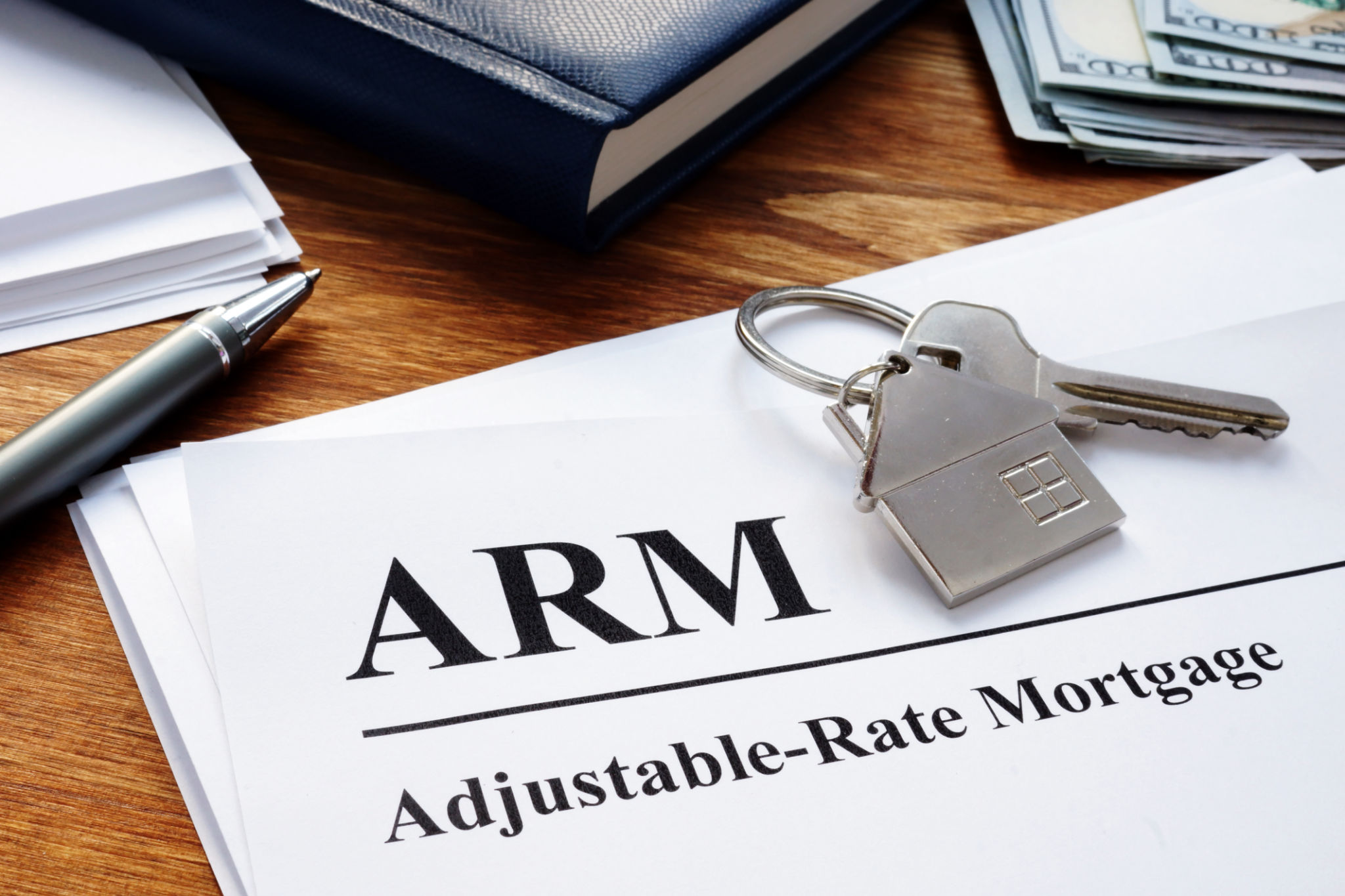Comparing Fixed and Adjustable-Rate Mortgages: Which is Right for You?
Understanding Fixed-Rate Mortgages
When embarking on the journey to homeownership, one of the most significant decisions you'll face is choosing the right type of mortgage. Fixed-rate mortgages are popular among buyers who value stability and predictability. As the name suggests, a fixed-rate mortgage offers an interest rate that remains constant throughout the life of the loan, typically spanning 15 to 30 years. This ensures that your monthly payments remain unchanged, making it easier to budget for the long term.
Fixed-rate mortgages are ideal for individuals who plan to stay in their homes for an extended period. By locking in a rate, homeowners are protected from potential interest rate hikes, offering peace of mind in a fluctuating market. However, it's essential to consider that fixed-rate mortgages often come with higher initial interest rates compared to adjustable-rate mortgages.

Diving into Adjustable-Rate Mortgages
On the other side of the spectrum, adjustable-rate mortgages (ARMs) offer an initial period of lower interest rates, which can be appealing for those looking to minimize short-term costs. After this initial period, the interest rate adjusts at specified intervals, typically annually. This adjustment is based on a specific index or benchmark plus a set margin.
ARMs can be advantageous for buyers who plan to move or refinance before the initial rate period ends. The lower initial rates make it easier for borrowers to qualify for larger loans or save money in the early years of homeownership. However, it's crucial to understand that, after the adjustment period, payments can increase significantly, potentially impacting your financial situation.

Key Differences Between Fixed and Adjustable-Rate Mortgages
When comparing fixed and adjustable-rate mortgages, several key differences emerge:
- Stability vs. Flexibility: Fixed-rate mortgages offer stable payments, while ARMs provide initial flexibility with potential future uncertainty.
- Interest Rate Environment: In a rising rate environment, fixed-rate mortgages may be more advantageous, whereas ARMs might be preferable in a declining rate scenario.
- Long-Term vs. Short-Term: Consider your long-term plans. If you're planning to stay put, a fixed-rate might be better; if you foresee a move or refinance, an ARM could be more suitable.
Each mortgage type has its unique benefits and drawbacks, and understanding these can help you make an informed decision that aligns with your financial goals and lifestyle.

Choosing the Right Mortgage for You
Evaluating which mortgage is right for you requires assessing your financial situation, long-term plans, and risk tolerance. Consider how long you plan to stay in your home and whether you expect your financial circumstances to change significantly in the coming years. Consulting with a financial advisor can provide personalized insights tailored to your specific needs.
If stability and predictability are your top priorities, a fixed-rate mortgage might be the best choice. Conversely, if you're comfortable with some level of risk and anticipate changes in your housing situation, an adjustable-rate mortgage could offer savings and flexibility in the short term.
Conclusion: Weighing Your Options
Ultimately, the decision between a fixed and adjustable-rate mortgage hinges on your individual circumstances and preferences. By thoroughly understanding the features and potential pitfalls of each option, you can make a well-informed choice that supports your financial well-being and homeownership dreams.
Whether you opt for the reliability of a fixed-rate mortgage or the initial savings of an adjustable-rate mortgage, ensuring that it aligns with your goals is paramount. Take time to research, seek professional advice, and weigh your options carefully.

